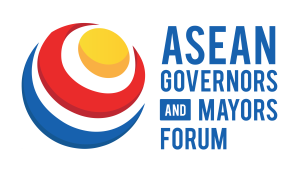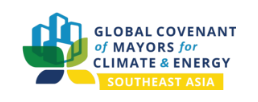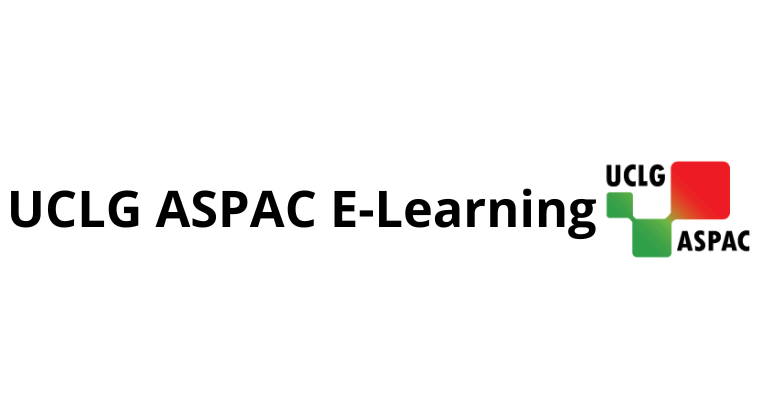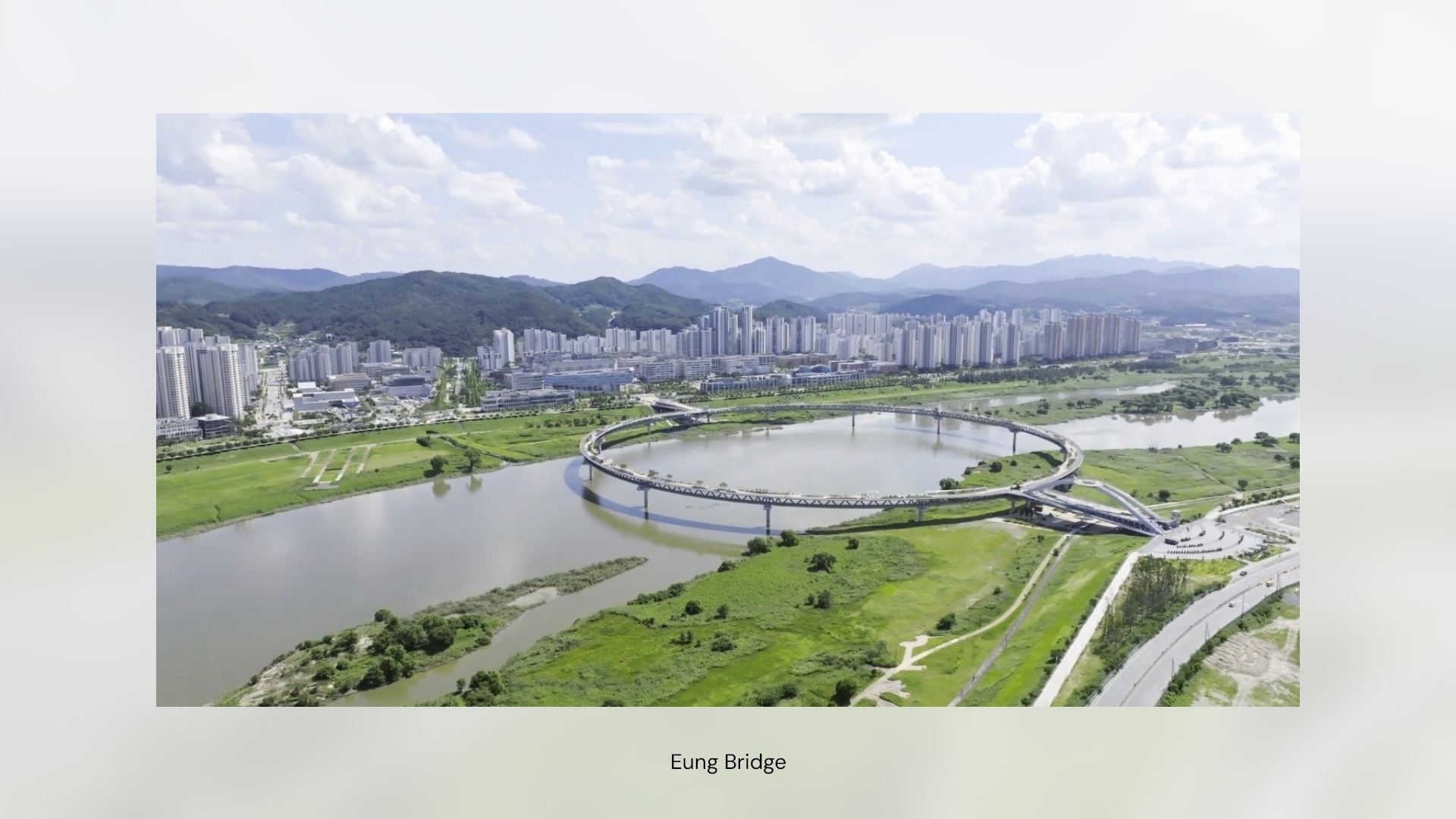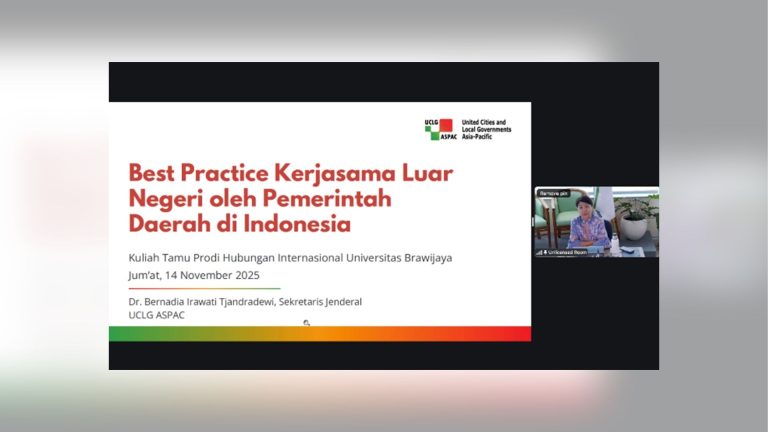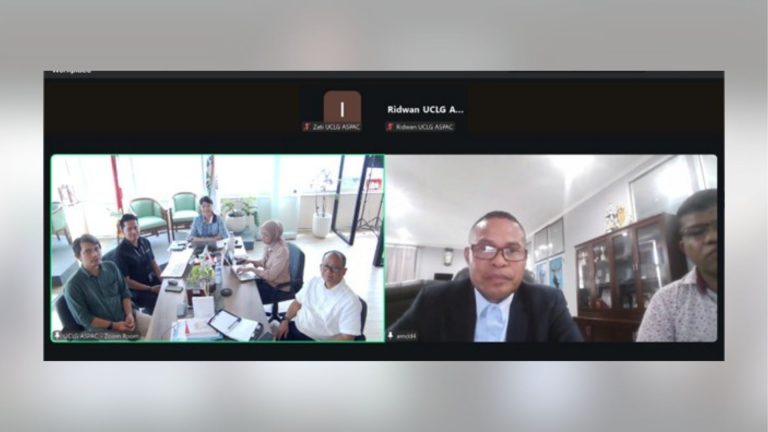Sejong city, named after King Sejong who created Hangeul, is emerging as the undisputed ‘Hangeul Cultural Capital’ through the promotion and implementation of Hangeul culture.
Sejong City, the first ‘Hangeul-exclusive naming city’ in the country, has named 1,066 major facilities within the city using pure Korean words to link the city’s image with Hangeul. The names, selected through public preference surveys and national contests, are meaningful not only because they are in pure Korean but also because they reflect the characteristics of the entities they represent.
The city is divided into 14 districts, and the 14 Hangeul characters from “ㄱ” to “ㅎ” are strategically placed to help residents and visitors determine their locations by street names alone. Furthermore, the names of neighborhood parks also reflect the local characteristics and historical names in pure Korean. Thus, every corner of Sejong City is beautifully adorned with meaningful Hangeul names.
Through the annual Sejong Festival held every October, various events centred around Hangeul as the main theme are organised.
Last year, for the first time since its designation as a national holiday, the Hangeul Day celebration was held outside of Seoul, specifically in Sejong City.
In addition, at the end of the previous year, Sejong City was nominated as a candidate for Korea’s Cultural City by the Ministry of Culture, Sports and Tourism. Continuing these initiatives, on Wednesday, May 15, this year, following last year’s event, the second “King Sejong’s Birthday” celebration will take place in Hansol-dong, featuring various programmes related to King Sejong and Hangeul.
The “Eung Bridge” in Sejong City, which symbolises the Korean consonant ‘Eung,’ is a double-deck circular pedestrian bridge constructed to commemorate the creation of Hangul in 1446. It spans 1,446 metres and is the first of its kind in South Korea. It has also been selected as one of the “Top 100 Local Cultural Attractions” by the Ministry of Culture, Sports, and Tourism. Also renowned for its beautiful night views, it hosts various events throughout the year, drawing a cumulative total of 1.6 million visitors as of February 2024, solidifying its status as a landmark of Sejong City.
Last year, the Eung Bridge was a popular stop in the tour programme for foreign civil servants visiting Sejong City, which saw participation from 546 officials from 45 countries, and it continues to attract visits from international officials this year.
The exterior of the Boram Welfare Center is decorated with Hangeul initial consonants and, on its first floor, operates the Sejong Braille Library, offering books in “Hunmaengjeongeum,” the Hangeul-based braille. The spirit of King Sejong pervades both the interior and exterior of the building. As the capital of Hangeul culture, Sejong City will continue integrating Hangeul into future buildings and throughout the city’s streets. Meanwhile, a Sejong official will attend the opening ceremony of the Concordia Korean Language Village in the United States in July, focusing efforts on spreading Hangeul culture globally.


